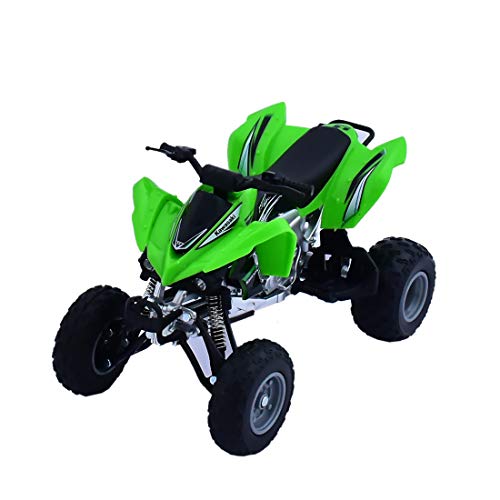No products in the cart.
Fun Facts
Hunting Drones: Unraveling the Sky-High Advantages in Game Tracking
 Hunting Drones: Unraveling the Sky-High Advantages in Game Tracking
Hunting Drones: Unraveling the Sky-High Advantages in Game Tracking
In the vast canvas of hunting methodologies, a dynamic brush stroke has surged to the forefront: hunting drones. Not the hostile machines from dystopian films, but intricately designed aerial devices promising to revolutionize the hunting realm. Like silent sentinels, they hover over dense forests, marshlands, and open fields, offering a perspective hitherto unseen by most hunters.
The drone’s soaring capabilities present a multitude of applications. Firstly, scouting previously uncharted hunting areas takes on a fresh dimension. No longer bound by the terrestrial viewpoint, hunters can discern the subtle contours of the land, waterholes that remain hidden from ground level, and even animal trails that meander through thickets. Such aerial reconnaissance obviates the need for tedious footwork and ensures optimal positioning of hunting blinds and stands.
Moreover, the stealthy nuances of these drones permit them to monitor game animal movement with remarkable discretion. Traditional tracking methods, though deeply ingrained in hunting culture, may at times falter, leaving the hunter second-guessing the animal’s next move. With these drones, hunters obtain real-time updates on game location, direction of movement, and even behavioral patterns. An observant hunter can decipher, from an elk’s gait viewed from above, if it’s wary, relaxed, or on the brink of bolting.
Furthermore, the drones don’t merely observe; they participate. Equipped with nifty mechanisms, they can deploy bait or lures to specific hunting spots. Picture this: a drone delicately placing bait in a clearing, drawing out a prized buck from the obscurity of a dense underbrush. Or a drone releasing a scent in the air, teasing and luring the game towards the hunter’s direction.
However, alongside this cornucopia of benefits lies an ethical conundrum. Do these drones, with their mechanical precision, dilute the primal essence of hunting? Does the hunter’s intuition, honed over countless expeditions, risk becoming obsolete in this drone-augmented era? Voices from the hunting community oscillate between admiration for the drone’s efficiency and apprehension about losing the ancient art of tracking.
Admittedly, as with all technological advancements, boundaries must be established. Regulatory bodies, in tandem with hunting associations, might need to delineate the extent of drone usage to preserve the spirit of the sport. After all, hunting transcends the mere act of capture; it’s a dance between predator and prey, a symphony of instincts and decisions.
To the modern hunter, eager to embrace this aerial ally, a word of caution remains. While drones undoubtedly amplify your hunting prowess, let them not overshadow the gut instincts, the anticipation, and the thrill that pulses through every hunt. Use them as tools, not crutches.
To dismiss hunting drones as mere toys would be an oversight. They are potent allies, offering an elevated perspective and augmenting the hunter’s arsenal. Yet, they must be wielded with discretion, ensuring that the essence of hunting – raw, visceral, and primal – remains untarnished.



